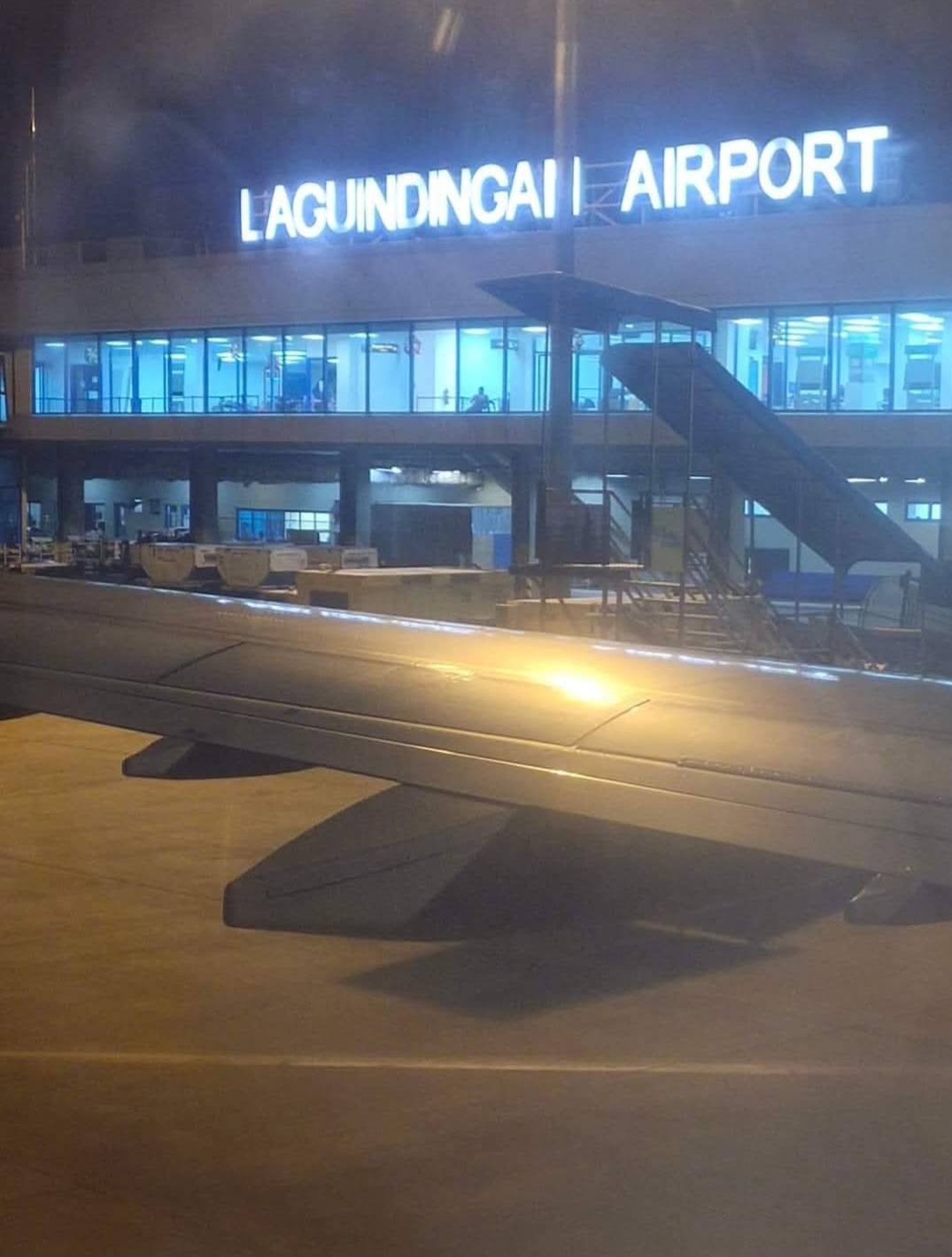Discovering Laguindingan Airport – Northern Mindanao
Laguindingan Airport (IATA: CGY, ICAO: RPMY) is a key domestic airport located in Barangay Moog, Laguindingan, Misamis Oriental. It serves as the main air gateway to Cagayan de Oro City and the greater Northern Mindanao region, including the provinces of Bukidnon, Lanao del Norte, and Misamis Oriental, as well as the cities of Iligan and Marawi. Opened on June 15, 2013, the airport replaced the old Lumbia Airport in Cagayan de Oro and Maria Cristina Airport in Iligan. While referred to as an international airport, it is officially classified as a Class 1 principal domestic airport by the Civil Aviation Authority of the Philippines (CAAP).
Key Features and Role
Laguindingan Airport plays a vital role in the region’s connectivity, economic activity, and tourism development. It is often the first and last stop for travelers visiting Northern Mindanao and the Cagayan-Iligan Corridor. Known for Cagayan de Oro’s title as the “City of Golden Friendship,” the airport helps support the area’s reputation for hospitality and business growth. With improved infrastructure and facilities, Laguindingan offers efficient processing from check-in to boarding.
Security and Community Engagement
The airport is committed to safety through proactive measures. In 2024, it conducted a major simulation exercise (SIMEX) to prepare for incidents involving explosives. Agencies such as AVSECU, EIRT, and K9 units participated in the drill, demonstrating strong interagency cooperation. Beyond security, the airport is also known for stories that highlight community values—such as the return of a clutch bag with ₱100,000, a passport, and IDs, reflecting the honesty of staff and locals.
Infrastructure
The airport includes a 2,100-meter-long and 45-meter-wide concrete runway capable of accommodating four takeoffs or landings per hour. It has instrument landing systems (ILS) and runway lighting, enabling night operations since 2015. The terminal building covers 7,184 square meters and has a daily passenger capacity of 2,000. Boarding gates include both jet bridge-equipped upper floors and ground-level gates with stair access to aircraft. Amenities include lounges, elevators, restrooms, food stalls, souvenir shops, and a children’s play area.
Air Traffic Control and Support Facilities
The Air Traffic Control (ATC) tower, managed by CAAP, is 36.7 meters tall and built with concrete and steel. It supports 24/7 operations and oversees all aircraft movement, including approach, takeoff, and landing. The ATC building is fully air-conditioned and equipped with modern navigational aids.
Development and History
The Laguindingan Airport Development Project was funded through a combination of Philippine government allocations and loans from South Korea, totaling over USD 167 million. The project was envisioned as early as 1991 but faced delays due to land acquisition and financial constraints. Groundbreaking occurred in 2006 under President Gloria Macapagal Arroyo, with full operations beginning in 2013 under President Benigno Aquino III. During its development, the land—formerly a tropical forest—was cleared and restructured, and affected residents were relocated to nearby areas.
Airlines and Destinations
The airport serves both major and regional routes. Carriers include Cebu Pacific, PAL Express, Philippine Airlines, Cebgo, and Philippines AirAsia. Destinations from Laguindingan include Manila, Cebu, Davao, Iloilo, and Dumaguete, with Cebu Pacific designating it as its 7th regional hub in 2017. Philippine Airlines previously operated a Mabuhay Lounge at the airport, which was closed due to the COVID-19 pandemic in 2020.
Passenger and Cargo Growth
The airport has seen steady growth in both passenger traffic and cargo movement. From over 1 million passengers in 2013, it peaked at more than 2.3 million in 2019 before the COVID-19 pandemic caused a sharp decline in 2020. Recovery has been steady since 2021, with nearly 2 million passengers again recorded in 2023. Aircraft and cargo movements have shown similar trends, reflecting the airport’s increasing importance as a logistics and transportation hub.
Future Plans and Private Sector Involvement
In 2024, Aboitiz InfraCapital was awarded a ₱12.75-billion contract to operate, maintain, and expand the airport starting in April 2025. The contract followed an unsuccessful Swiss challenge to their unsolicited proposal. Planned upgrades include expanding the terminal and cargo areas, adding more parking, and further modernizing airside and landside infrastructure.
The regional Department of Tourism is also exploring the viability of international flights from Busan or Seoul to Cagayan de Oro, driven by the significant Korean community in the region. While proposals for these routes existed as early as 2015, they have yet to materialize.
Aerotropolis and Regional Impact
Ayala Land owns a significant portion (183 hectares) of the 417-hectare property used for the airport. It plans to develop an aerotropolis—a mixed-use industrial, commercial, and residential area—around the airport. This development will include Mindanao’s first Ayala industrial estate outside Luzon, potentially boosting local employment, tourism, and trade.
Accessibility and Transport Connections
The airport is located 46 km from Cagayan de Oro and 57 km from Iligan. A dedicated four-lane access road connects it to the national highway. From the arrival bays, various transport services including taxis, shuttles, and cooperative vehicles offer trips to major cities like Cagayan de Oro, Iligan, Malaybalay (Bukidnon), and other areas in Misamis Occidental and Misamis Oriental.
Summary Statistics
- Passenger Movements: 1,990,201
- Aircraft Movements: 14,764
- Cargo Movements: 17.7 million kg
Laguindingan Airport continues to evolve as a cornerstone of air travel in Mindanao, enhancing regional mobility and supporting long-term development across Northern Mindanao.
IMAGE GALLERY








